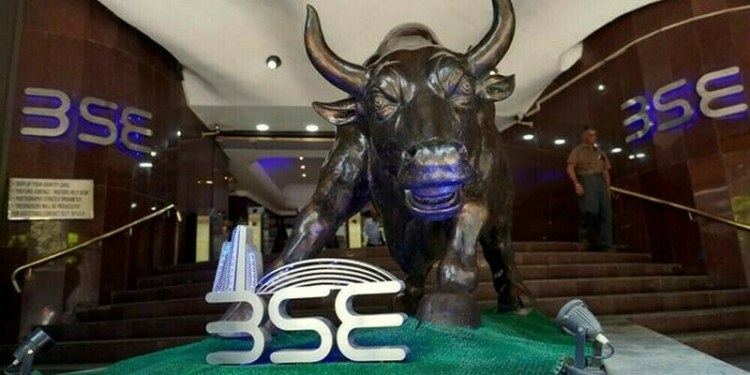By Clara Denina
LONDON (Reuters) – Gold was on the brink of five-year lows on Tuesday, with more losses expected in the coming months following Monday’s “bear raid” when sellers dumped an estimated 33 tonnes in just two minutes.
The sudden bout of selling in Shanghai and New York occurred during illiquid trading hours, with a wave of orders placed during a one-minute period shortly after the Shanghai Gold Exchange opened on Monday.
Within a further minute, the deals had been completed, sending the most-active U.S. gold futures contract down $ 48 to as low as $ 1,080.00 per ounce, its weakest since February 2010. Gold worth $ 1.3 billion changed hands on the Chinese and U.S. markers, and the lack of liquidity on a day when Japanese markets were closed for a holiday hastened the slide.
Spot gold stood at $ 1,105.70 per ounce at 1213 GMT on Tuesday, but Monday’s move has left the market vulnerable to further slippage – possibly paving the way toward $ 1,000 per ounce.
Many investors analyse charts of previous market moves to decide their strategy, with prices hitting resistance at certain levels as they rise, or finding support as they fall to others.
In this case, traders and analysts are speculating that at least one major fund took advantage of the thin market to push the gold price through a support level on the charts, possibly because they had already sold gold short. Chinese entities were seen as the most likely sellers on Monday.
(For graphic on gold market crash, click http://link.reuters.com/hux25w)
Ashok Shah, investment director at London & Capital investment fund, said upwards blips were possible but doubted they would last.
“You are going to get some bear market rallies but structurally the market has been broken and over the six-month period you’ll get the bear trend continuing,” he said.
After sliding on Monday by the most in a day since September 2013, bullion is trading just above the critical $ 1,100 an ounce support level, another breach of which could lead to a further selloff, traders and analysts say.
A looming increase in U.S. interest rates has driven gold’s recent descent along with sluggish demand in top consumers China and India. China disclosed on Friday a 57 percent increase in its gold reserves from 2009, far less than the market had estimated.
CASE FOR GOLD FADES
Investors have found less and less reason to hold gold as a safe haven following the international financial crisis, with the dollar strengthening before what is expected to be the first increase in U.S. interest rates in nearly a decade.
Gold’s slide has helped wipe out half the gains from the last decade’s historic bull run, taking prices back to a key chart level and threatening a break towards $ 1,000 an ounce.
But the price is unlikely to fall sharply again on Tuesday as it did when it fell 13 percent over two consecutive trading days in April 2013, wrote Phillip Futures analyst Howie Lee.
“Those two infamous days in gold’s history was marked by a constant decline in prices throughout both sessions, while yesterday’s tumble was marked by a one-minute drop followed by a substantial recovery,” said Lee.
“A repeat of history does not look to be on the cards but we still expect heavy downward pressure on gold in the future. It looks to be a matter of time before gold breaks again.”
Reflecting fading interest in gold, holdings in the SPDR Gold Trust investment fund fell to its lowest since 2008.
The price slide also threatens to halt a run of mergers and acquisitions among mining companies just as momentum in the sector was picking up.
Among other precious metals, platinum, which hit a 6-1/2-year low on Monday, was up 0.6 percent, while palladium dropped as much as 3.4 percent to its lowest since October 2012 at $ 593 an ounce on Monday. It was last up 1.5 percent at $ 613.25.
Spot silver, the least hit among precious metals in Monday’s slide, was up 0.6 percent at $ 14.74 an ounce.
(Additional reporting by Manolo Serapio Jr in Manila; Editing by Veronica Brown and David Stamp)



























